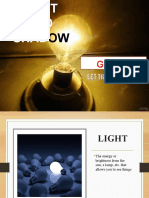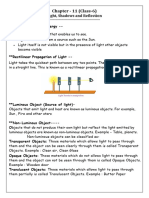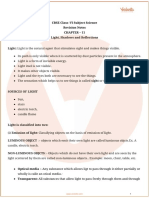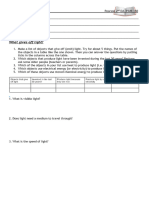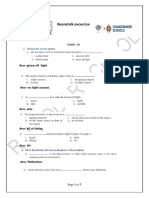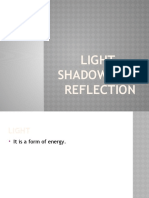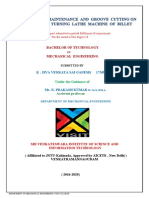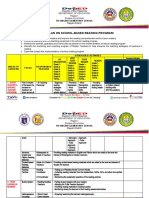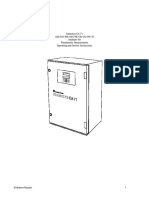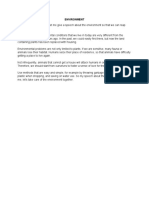0% found this document useful (0 votes)
22 views7 pagesLight Revision
The document explains the nature of light, its properties, and how it interacts with different objects, categorizing them as luminous, non-luminous, transparent, translucent, and opaque. It discusses the formation of shadows, eclipses, and the principles of reflection and rectilinear propagation of light. Additionally, it covers the workings of a pinhole camera and how various factors affect image formation and quality.
Uploaded by
sebantiroychowdhuryCopyright
© © All Rights Reserved
We take content rights seriously. If you suspect this is your content, claim it here.
Available Formats
Download as PDF, TXT or read online on Scribd
0% found this document useful (0 votes)
22 views7 pagesLight Revision
The document explains the nature of light, its properties, and how it interacts with different objects, categorizing them as luminous, non-luminous, transparent, translucent, and opaque. It discusses the formation of shadows, eclipses, and the principles of reflection and rectilinear propagation of light. Additionally, it covers the workings of a pinhole camera and how various factors affect image formation and quality.
Uploaded by
sebantiroychowdhuryCopyright
© © All Rights Reserved
We take content rights seriously. If you suspect this is your content, claim it here.
Available Formats
Download as PDF, TXT or read online on Scribd
/ 7
